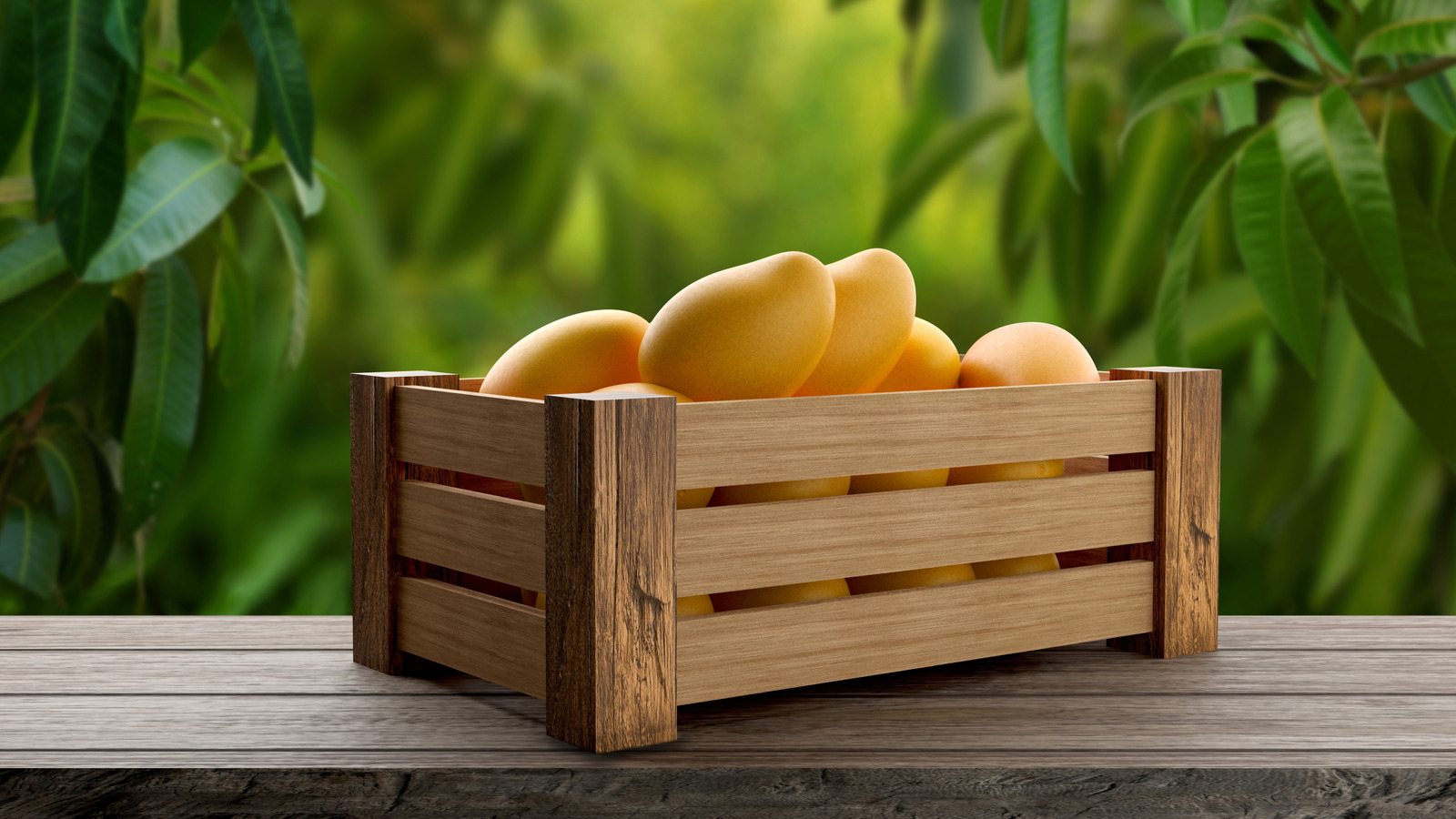
"Mango. It might sound a little unusual, but the wood of the mango tree is attractive, hardwearing, and relatively cheap. So, opting for mango over a more expensive hardwood might allow you to be more creative than you expected in your kitchen design."
"In addition to costing less than comparable durable hardwoods, mango is relatively easy to work with. This makes it a great choice for custom kitchens. If you need cabinets designed to maximize space in a small or awkwardly-shaped kitchen, want detailing on cabinet doors, or choose curved edges over sharp for your kitchen island, mango wood could make the whole process easier and quicker, and even reduce labor costs."
"Usually, mango wood is a warm golden brown, although sometimes parts of the heartwood can be darker, veering towards black. It can also be lighter and include multiple colors, including pinks. The wood has a visible medium-course dark grain, which can be straight or interlocking, creating interesting patterns that add visual texture to mango-wood furniture. Both the visible grain and variations in color mean that everything made with this wood is unique."
Mango wood is an attractive, hardwearing, and relatively inexpensive hardwood suitable for cabinets, surfaces, and custom furniture. The wood is relatively easy to work with, enabling complex detailing, space-maximizing cabinetry, and curved edges that can reduce labor time and costs. The appearance ranges from warm golden brown to darker heartwood and sometimes includes lighter tones and pinks, with a visible medium-course dark grain that can be straight or interlocking, producing unique pieces. Mango scores 1,120 on the Janka scale, indicating solid hardness for home use. Using mango can elevate budget renovations and refresh kitchens with smaller accents.
Read at Tasting Table
Unable to calculate read time
Collection
[
|
...
]